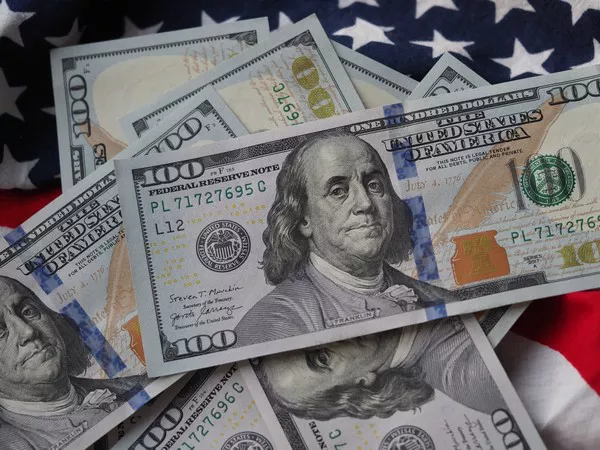In the world of finance and investing, currencies play a critical role in shaping the global economy. One of the most influential currencies is the US dollar, often considered a safe-haven asset and a benchmark for international trade. A strong dollar can have significant implications for investors seeking to maximize their returns. In this article, we will explore various strategies for investing in a strong dollar, understanding the factors that influence its strength, and the potential risks and rewards associated with such investments.
1. Understanding the Factors Behind a Strong Dollar:
Before delving into investment strategies, it’s essential to grasp the factors that contribute to a strong dollar:
a. Economic Growth: A robust and growing economy often leads to increased demand for the country’s currency, driving its value higher.
b. Interest Rates: Higher interest rates in a country can attract foreign investors seeking better returns, leading to increased demand for its currency.
c. Fiscal and Monetary Policies: Sound fiscal policies and responsible monetary management can boost investor confidence, strengthening the country’s currency.
d. Geopolitical Stability: Countries with stable political environments are more likely to attract foreign investment, positively impacting their currency.
2. Diversification in a Strong Dollar Environment:
Investors should approach investing in a strong dollar environment with a diversified portfolio. While a strong dollar may benefit certain assets, it can also have adverse effects on others. Diversification can help mitigate risks and take advantage of various investment opportunities.
a. International Equities: A strong dollar can make international investments more attractive, as it increases the purchasing power of US investors abroad. Consider investing in multinational companies with global exposure and strong growth potential.
b. US Exporters: A strong dollar may negatively impact US exporters, as their products become relatively more expensive in foreign markets. However, companies with significant export revenues can still perform well if they have a competitive edge or a unique market position.
c. Commodities: Commodity prices often move inversely to the US dollar. Investors can consider commodities like gold, which historically have been seen as a hedge against currency fluctuations.
3. Fixed-Income Investments:
Investors can find opportunities in fixed-income investments amidst a strong dollar environment:
a. US Treasuries: US Treasury bonds are considered a safe-haven investment and are typically denominated in US dollars. They can be attractive during periods of economic uncertainty.
b. Foreign Bonds: Investing in foreign bonds denominated in strong currencies can offer attractive yields and diversification benefits.
4. Currency Trading and Forex:
For sophisticated investors with a high-risk tolerance, currency trading in the foreign exchange (Forex) market can provide exposure to currency movements. Trading in currency pairs involving the US dollar allows investors to profit from fluctuations in exchange rates.
5. Real Estate:
Real estate can be an appealing investment during a strong dollar period:
a. International Real Estate: A strong dollar can create favorable conditions for purchasing real estate in foreign markets, especially those with appreciating home values.
b. US Real Estate: Certain US property markets may experience increased demand from foreign buyers seeking investment opportunities in a strong dollar environment.
6. Caution and Risks:
While investing in a strong dollar can offer potential benefits, investors must be cautious of potential risks:
a. Currency Volatility: Currency markets can be highly volatile, and exchange rate fluctuations can impact investment returns.
b. Economic Indicators: Keep a close eye on economic indicators, as any signs of economic weakness could impact the strength of the dollar.
c. Political and Geopolitical Events: Political events and geopolitical tensions can create uncertainty in currency markets, affecting the value of the dollar.
d. Diversification: Over-reliance on a strong dollar investment strategy can expose investors to concentration risk. Diversification is key to mitigating potential losses.
Conclusion:
Investing in a strong dollar can offer opportunities for investors seeking to capitalize on the currency’s strength and potential benefits. Diversification, exposure to international markets, and careful consideration of risk factors are essential components of a well-rounded investment strategy in a strong dollar environment. While a strong dollar can bolster certain asset classes, it can also introduce currency-related risks. Investors should conduct thorough research, stay informed on economic trends, and consult with financial advisors to make informed decisions aligned with their risk tolerance and investment objectives. By adopting a balanced and prudent approach, investors can navigate the complexities of a strong dollar and position themselves for potential long-term gains.


